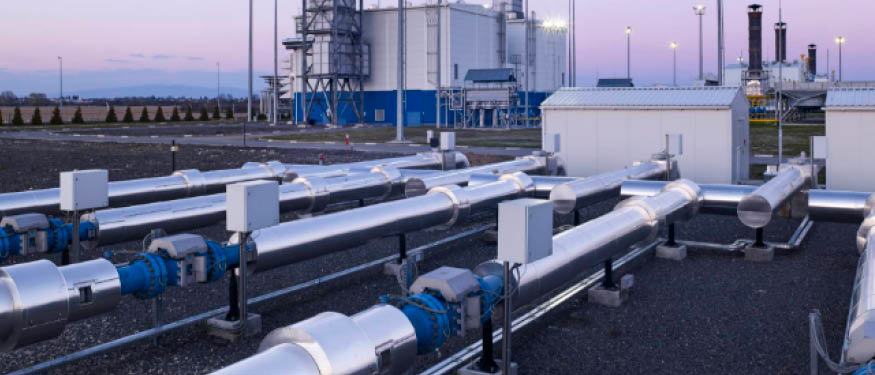The development of infrastructure has been a long-standing priority in Serbia. The National Investment Plan (Serbia 2025) announced by the Serbian Government in December 2019 anticipated the allocation of approximately EUR 14 billion to major development projects to be completed by 2025. Most of the funds are to be allocated for infrastructure projects, including road, rail, air, and water upgrades.
The plan to allocate over 60% of those funds in a five-year period – approximately EUR 9 billion – to the development of transportation infrastructure clearly indicated the importance of that sector to the Serbian Government. Some EUR 5 billion is allocated for road infrastructure, including the reconstruction of 5,000 kilometers of roads, and the construction of new ones. One of the key projects in the road infrastructure sector is the Sumadija Corridor (approximately 220 kilometers in length and estimated at over USD 2 billion), where construction began in February 2020. Another EUR 3.33 billion in a five-year period is to be allocated for railway infrastructure, including EUR 1.7 billion for the first phase of the Belgrade metro project.
The Belgrade Metro Project’s official status is “Project of Particular National Importance,” and it represents the largest and most complex infrastructure project in the country’s history. Building a metro system in Belgrade has been one of the development priorities of urban and suburban public transport in the capital for many decades.
The SMART Plan of 2017 (the Transport Master Plan of Belgrade) has laid the groundwork for the development of high-capacity rail systems in Belgrade by 2033. It estimates that the number of vehicles on Belgrade road network will increase by 50% by 2033 if there is no improvement of public transport in terms of high-capacity rail systems.
At this time, the development of the Belgrade metro project is in the phase of technical documentation preparation. An FIDIC-based Client/Consultant Services Agreement was signed on July 21, 2020 between the City of Belgrade/PUC Belgrade Metro & Train and Egis Rail for the preparation of Technical Documentation for the Metro Line 1. Once the technical documentation is prepared, the project should be ready for the next stage – procuring contractors for required civil and system works, and the design and commencement of the works.
In order to create strategic partnerships for the growth of the infrastructure sector, Governments of Serbia have, over the past decade, signed multiple Memoranda of Understandings and Intergovernmental Agreements. The most recent are the Inter-Governmental Agreement between the Government of Republic of Serbia and the Government of Republic of France on Cooperation in the Sector of Implementation of a Priority Project in the Republic of Serbia, signed on November 26, 2020, defining the financing of certain projects (or parts of projects) in the Republic of Serbia (phase 1 of the Transport System of Belgrade Metro was named as one of them), and the Memorandum of Understanding for the Belgrade Metro project concluded on January 22, 2021 between the Republic of Serbia, the City of Belgrade, and PUC Belgrade Metro, and Train and ALSTOM Transport SA, Powerchina International Group Limited, and Egis Rail, declaring the willingness and intention of the parties to work together on the project.
Despite presenting the key preconditions, the allocation of funds and political will for infrastructure development are, without more, insufficient to develop this vital part of Serbia’s economy. Creating legislative and institutional frameworks to foster the planned projects is crucial. Thus, the Law on Special Procedures for Realizing Projects for the Development and Reconstruction of Line Infrastructure Objects of Particular Importance to the Republic of Serbia, stipulating expedited and simplified expropriation procedures, was adopted in February, 2020.
Since Serbia is developing a metro system for the first time in its history, a regulatory framework will be necessary. The two main areas to be regulated are, first, the safety and technical control of the metro system, and second, at a later stage, passenger transport operation. Although it is possible to regulate this area with the laws and regulations on railway, most EU countries (including Austria, Germany, and France) have separate laws for metro system and city rail, due to those systems’ different needs and characteristics.
The completion of major infrastructure projects and the launch of new ones, as well as the creation of a favorable legal framework governing their construction, will have a positive impact on the further development of Serbia’s economy.
By Katarina Obradovic Baklaja, Head of Construction and Real Estate, Baklaja Igric Tintor
This Article was originally published in Issue 8.3 of the CEE Legal Matters Magazine. If you would like to receive a hard copy of the magazine, you can subscribe here.
















